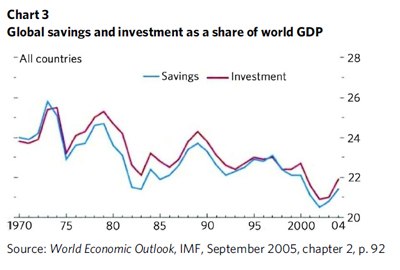The SEC has released Elimination of Flash Order Exception from Rule 602 of Regulation NMS which will ban Flash Orders, which contains the first defense I’ve seen of the practice:
The Commission recognizes that flash orders offer potential benefits to certain types of market participants. For those seeking liquidity, the flash mechanism may attract additional liquidity from market participants who are not willing to display their trading interest publicly. Flash orders thereby may provide an opportunity for a better execution than if they were routed elsewhere. There is no guarantee, for example, that an order routed to execute against a displayed quotation will, in fact, obtain an execution. The displayed quotation may already be executed against or cancelled before the routed order arrives. Of course, the delay in routing during a flash period may further decrease the likelihood of an execution in the displayed market for the flash order because prices at the displayed market may move away from the flash order during the flash process. Those who route flash orders, however, may use them selectively in those contexts where they believe an order is less likely to receive a full execution if routed elsewhere.
In addition, many markets that display quotations charge fees (often known as “take” fees) for accessing those quotations. Flash orders may be executed through the flash process for lower fees than the fees charged by many markets for accessing displayed quotations. Indeed, some markets have offered rebates on orders that are executed during a flash, so that the order, rather than paying a fee, will earn a rebate. The combined difference between receiving a rebate for an executed flash order versus paying a fee for accessing a displayed quotation may be a significant incentive for traders to submit flash orders.
Finally, some market participants that choose to receive and respond to flash orders may represent large institutional investors that are reluctant to display quotations publicly to avoid revealing their full trading interest to the market, but are willing to step up on an order-by-order basis and provide liquidity to flash orders. Such investors may have the sophisticated systems themselves to respond to flash orders or may rely on the systems of their brokers. Executions against flash orders could help lower the transaction costs of these institutional investors.
The Commission expects that any negative effect of the elimination of the exception for flash orders from Exchange Act quoting requirements would be mitigated by the ability of market participants to adapt their trading strategies to the new rules. In addition, higher incentives to display liquidity and alternative forms of competition for order flow could mitigate any negative effect of the proposal.
The SEC released a statement on flash orders by SEC Commissioner Troy A. Paredes:
The proposing release identifies the following benefits of flash orders. These benefits help explain why there is a market for flash orders in the first place.
First, flash orders may induce liquidity from those who are unwilling to have their quotes displayed publicly. This in turn may create opportunities for better execution.
Second, flash orders may be executed for lower fees than markets charge for executing against displayed liquidity. Indeed, executed flash orders earn a rebate in some trading venues instead of paying a fee.
Third, investors who are unwilling to display may reduce their transaction costs by responding to flash orders.
…
I support today’s proposal, but am mindful that a ban is an unequivocal step. I look forward to considering the comments we receive, including any data that commenters can provide. I would especially welcome any data commenters can provide demonstrating how the current low volume of flash order trading has impacted securities markets.
Dammit! There’s always somebody who wants some facts!
There was also a statement from Commissioner Elisse B. Walter:
While flash orders may potentially provide benefits to certain market participants, such as lower transaction costs, increased liquidity, and choice to the trading community, today’s action reflects the Commission’s concern that flash orders may not fit well with the Commission’s fundamental policy objectives for the securities markets, including price transparency, public quoting, fair competition, and best execution of investor orders.
In particular, the Commission has long emphasized the importance of displayed liquidity in promoting efficient equity markets and has acted over the years to encourage the display of trading interest.
And a statement by Chairman Mary L. Schapiro:
In today’s highly automated trading environment, the exception for flash orders from quoting requirements, while potentially providing benefits to certain traders, may no longer serve the interests of long-term investors or the markets. The Commission has consistently stated that the interests of long-term investors should be upheld as against those of professional short-term traders, when those interests are in conflict.
…
…flash orders have the potential to significantly undermine the incentives to display limit orders and to quote competitively. In addition, flash orders may create a two-tiered market by allowing only selected participants to access information about the best available prices for listed securities.Investors that have access only to information displayed as public quotes may be harmed if market participants are able to flash orders and avoid the need to make the order publicly available.
